This article has been a long time coming from The Hybrid Guy. I have now owned 5 Gen 2 Prius and now my famed Gen 3 Prius that is under scrutiny at the moment.
I wanted to take this time now and unfold critical differences between the Gen 2 and Gen 3 that many people may not know. While there are many differences between models as well, I will only focus on Generation 2 and Generation 3 Prius for this article. These two are by far the most popular Prius so that I will cover the essential details between the two.
Gen 2 and Gen 3 Toyota Prius Powertrain
The first significant difference between these two generations is the engine, transmission, and inverter setup. All of this changed drastically, going from 2009 to 2010 model year. These powertrain changes mean that instead of a 1.5L 76 horsepower engine, we now have a 1.8L 98 horsepower engine.
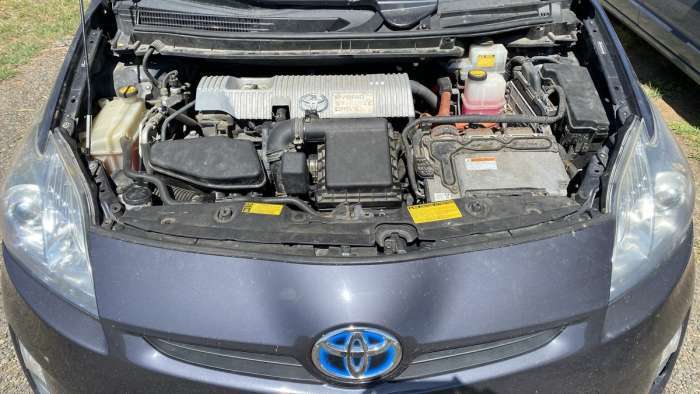
The power upgrade helped make Prius quicker, all while keeping fuel economy. Great upgrade.
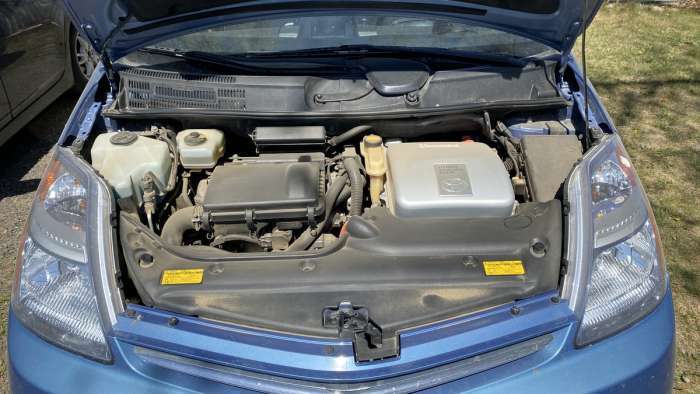
The second difference is the transmission. The changes are not what people think; the MG1 and MG2 are still the standards here. What the main differences are here is how fast the motor/generators are allowed to spin. The physical changes of the motor-generators have changed as well to allow for the increased speed. The lighter and smaller transmission allowed for a 20% lighter setup.
The increased available speed and lighter components are all for fuel economy, which by the way, increased up from 48 to 51 mpg. Nice touch.
The Third part of this section is the inverter. The decrease in size also came with an efficiency increase as well. While early 2010 - 2012 Prius can have inverter failure, they are still more efficient. The smaller and more compact inverter is also part of the weight savings from Gen 2 to Gen 3.
The Body Of Gen 2 and Gen 3 Prius
Gen 3 Prius came with more than an updated powertrain. The entire body was different, though the basic shape of Prius did not change; it stayed a hatchback.
The headlights were upgraded (or so we thought) to a projector-style lamp with the signals in the bumper.
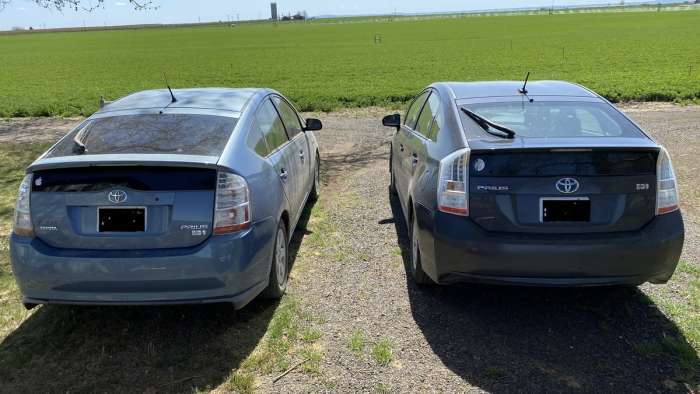
The tail lights followed suit with sharper lines as they were completely redesigned as well.

The interior was a major refresh for Toyota in 2010. The dash layout and center console scream futuristic, while the controls were changed back to buttons for many of the features.
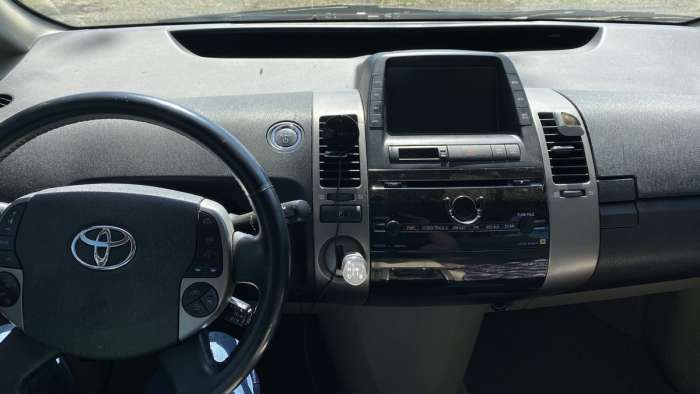
The wheels could come in a 15 or 17-inch option depending on the package, and the brakes were 4-way disc now instead of the disc/drum combo as found on Gen 2.
All of these updates made Prius even more attractive. Those who thought the Gen 2 was ugly now had something to consider with how sleek the "all-new" Prius looked. Essential features to some people.
The Hybrid Battery Setup
What was new for the Generation 3 Prius was the available EV only mode. The traction battery had a few tweaks done to it as far as placement of the hybrid battery fan for increased cooling efficiency. Still, the battery was mostly the same—201.6V nominal, same as the previous generation, just more efficient.
The EV mode does help you understand early on if your hybrid battery is starting to have issues. Decreased EV mode range is a signal to let you know that your battery needs a recondition to help bring it back to where it was when new.
The inverter, since it was more electrically efficient, helped boost the Prius into that 51 mpg range and leveraged the use of the battery to accomplish that.
Conclusion
There are many things I have left out of this comparison. The suspension and the fact that the engine now has an electric water pump are two differences that are worth pointing out. In the end, the Gen 3 Prius is a very different animal in many ways than the Gen 2 Prius.
Both cars are amazing feats of technology in their ways. Both have a cult following with people that adore the vehicles. I have enjoyed every one of the 6 Prius I have owned. If you have been considering getting one, do it. They are awesome. Also, be sure to stop in and see us over on Facebook at Green Car Movement, a community for hybrid and electric car owners.
That is all for today everyone, thank you for reading. I look forward to seeing you in the next story. How Do You Check A Toyota Prius Battery?
Watch this Toyota Prius truck with a nice little bed and click to subscribe to Torque News Youtube for daily automotive news analysis.
Peter Neilson is an automotive consultant specializing in electric cars and hybrid battery technologies. He holds a Bachelor of Science in Automotive Service Technology from Weber State University. Peter is also an Instructor of Automotive Technology at Columbia Basin College. Peter can be reached on Linkedin and you can tweet him at The_hybrid_guy on Twitter. Find his page on Facebook at Certified Auto Consulting. Read more of Peter's stories at Toyota news coverage on Torque News. Search Toyota Prius Torque News for more in depth Prius coverage from our reporters.



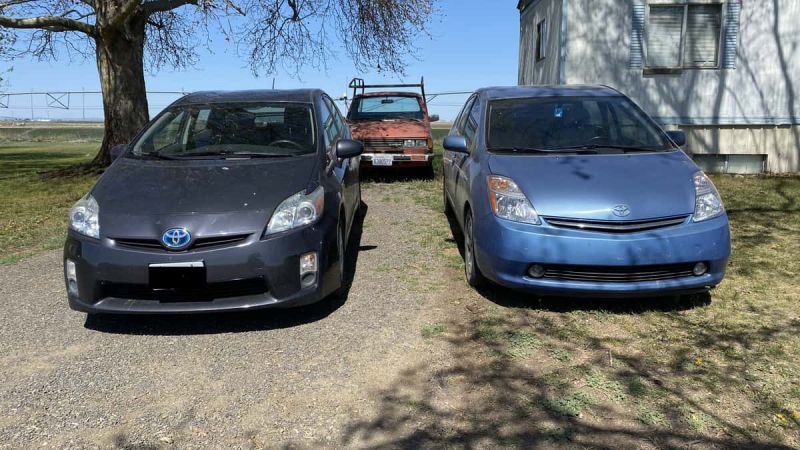






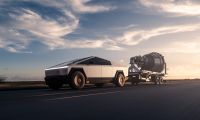


Comments
I have a 2013 Prius and love
Permalink
I have a 2013 Prius and love it. Haven't had battery problem. How can I find a recondition kit for the NMH battery? The article link did Not work??
Gen 2 Prius is the only model
Permalink
Gen 2 Prius is the only model with flat down seats for the driver and passenger. Two twin style beds
I have both gen 2 &3 and…
Permalink
In reply to Gen 2 Prius is the only model by Luiz Louie (not verified)
I have both gen 2 &3 and BOTH have lay down rear seats. In MY view the side elevation of the gen 2 is better looking particularly with the "lagoon blue"(d/blue) colour or red. Silver looks tatty. In terms of acceleration there is little to choice as is with economy. Depends on you local terrain.
how i love my toyota Prius
Permalink
how i love my toyota Prius car..i never had battery problem..more power ..God blessed
I need to know what are the
Permalink
I need to know what are the points of compulsory service to maintain periodically like Oil change and Battery service. What else need to change/replace periodically.
PCV valve They suggest
Permalink
In reply to I need to know what are the by Wahab Siddique (not verified)
PCV valve They suggest change every 50000 miles. I did on my gen 2 because was consuming a lot of oil.